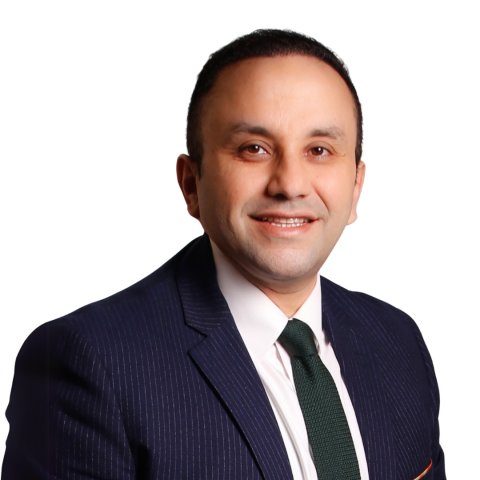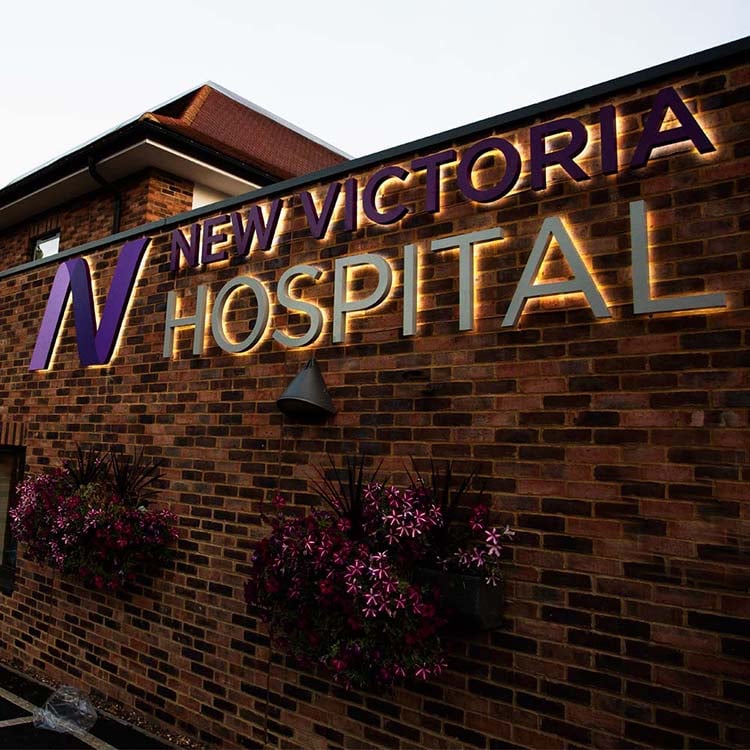The shoulder joint (glenohumeral joint) is made up of a ball and socket joint. The flat bone of the socket has surrounding tissue called the labrum. The labrum gives it the extra depth it needs to help hold the ball in the socket. Ligaments of the joint capsule provide additional support. When the ball comes out of the socket during a dislocation, a portion of the labrum is torn or separated from the socket. Depending on the location of the tear, this is called a Bankart tear or SLAP (Superior Labral tear from Anterior Posterior Lesion). In addition, the capsule may become stretched.
A dislocated shoulder happens when a strong force or extreme shoulder rotation pulls the "ball" of the upper arm bone right out of the socket. About 90% of all shoulder dislocations are this form of injury, called "anterior dislocation".
If the dislocation is partial, it's called subluxation. The joint is loose and may slide partially out of place. In this case, the labrum may still be attached, but the capsule is stretched out.
Consultants and Clinic Times

Mr Tony Antonios
Specialities

Miss Anna Bridgens
Specialities

Professor Mo Imam
Specialities

Mr Mark Proctor
Specialities
Orthopaedics, Shoulder & Elbow Surgery
Mr Nashat Siddiqui
Specialities

Mr Ziali Sivardeen
Specialities











